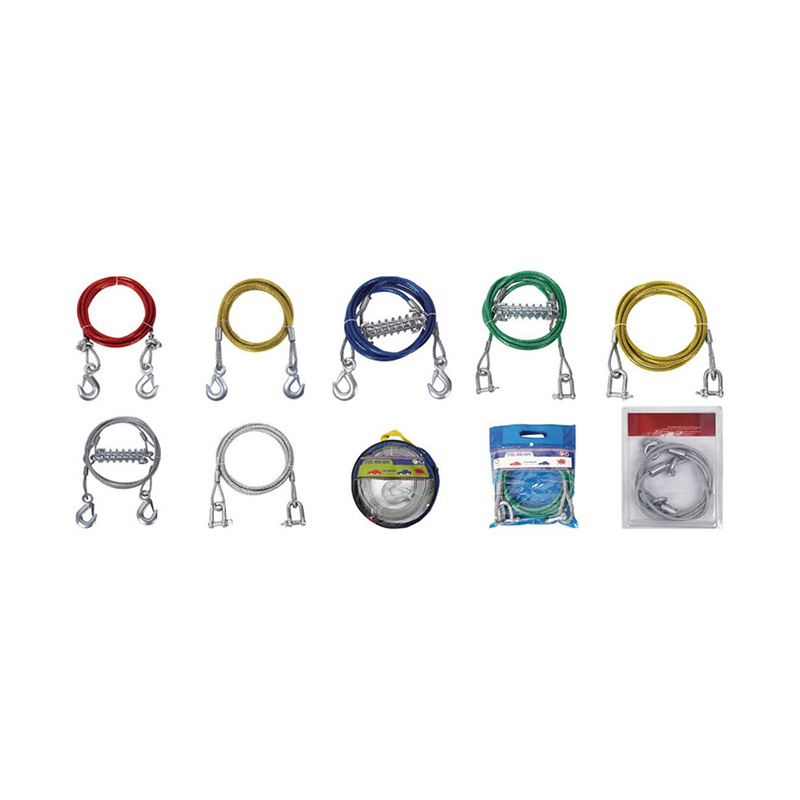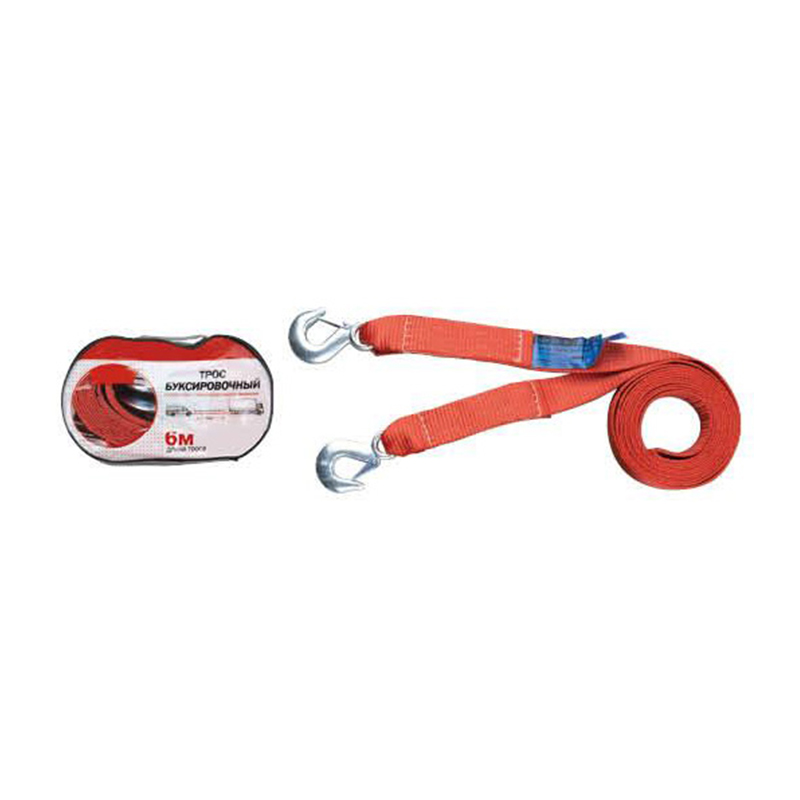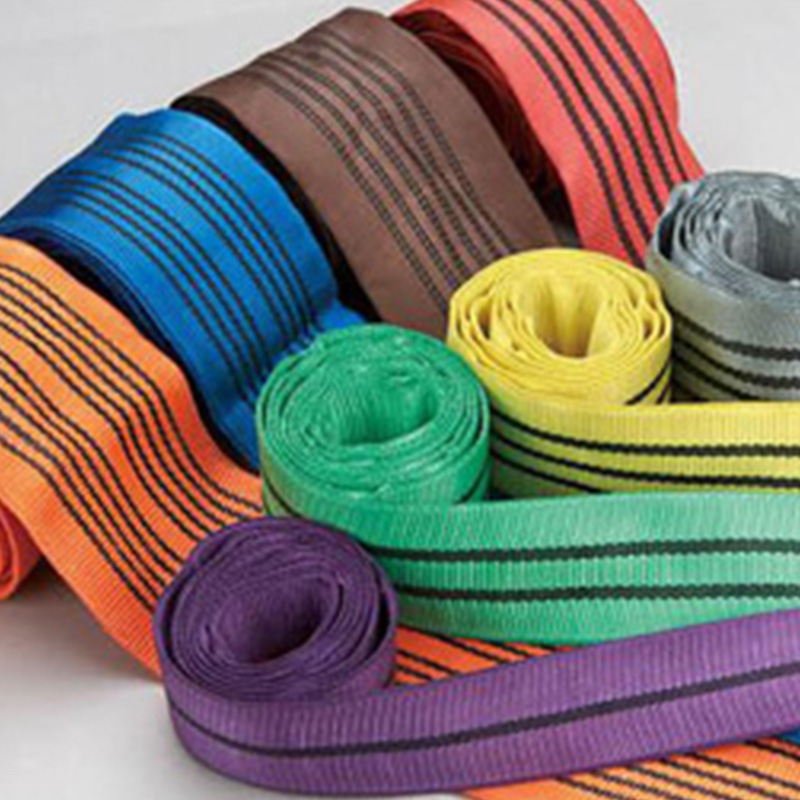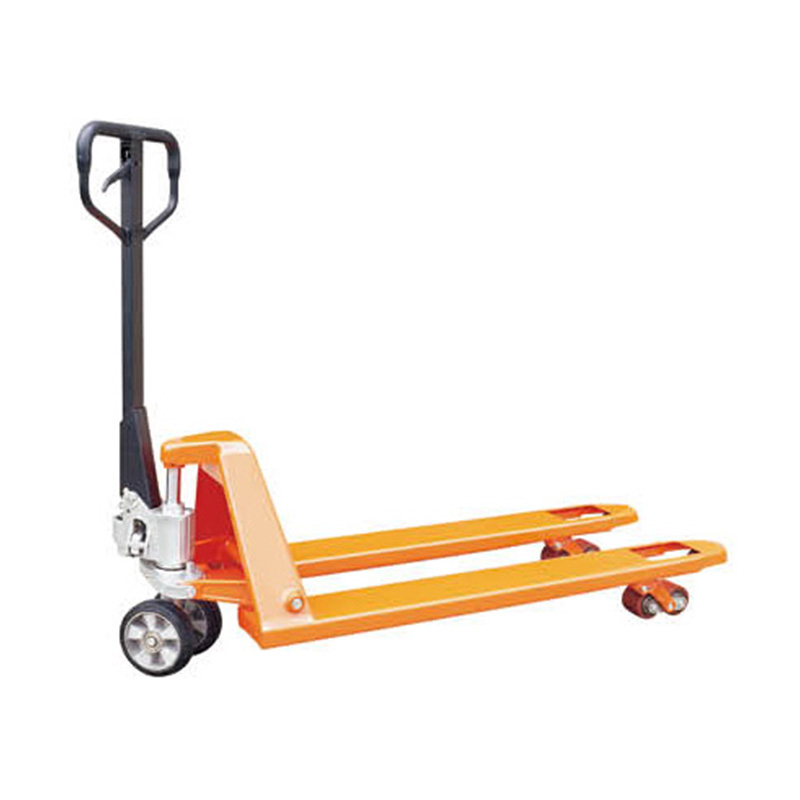Search by posts
Product category
Industry News
 By Admin
By Admin
How Is Tarpaulin Strapping Revolutionizing Cargo Security and Outdoor Protection?
What Makes Tarpaulin Strapping a Reliable Choice for Heavy-Duty Applications?
The reliability of Tarpaulin Strapping begins with its scientifically engineered construction. Typically made from polypropylene (PP), polyethylene (PE), or polyester (PET), these materials undergo specialized extrusion, weaving, and heat-setting processes to achieve high tensile strength and dimensional stability.
This results in a strapping solution that can withstand enormous tension and impact without deformation. Even under continuous vibration or high-speed transport, it remains tight and secure. Its anti-slip surface texture provides extra grip, preventing slippage or loosening.
Moreover, Tarpaulin Strapping is designed to handle various temperature ranges, making it suitable for both cold storage logistics and desert construction projects. The material resists UV radiation, corrosion, moisture, and abrasion, ensuring it retains its properties even after prolonged exposure to harsh weather conditions.
It’s not just strong—it’s also user-friendly. Operators appreciate its lightweight design and easy-to-handle flexibility, which reduce fatigue during repetitive fastening work.
How Does Tarpaulin Strapping Compare with Traditional Fastening Solutions?
When compared to traditional ropes or metal wires, Tarpaulin Strapping offers unmatched efficiency and longevity. Conventional materials often struggle with environmental degradation or loss of elasticity over time, while Tarpaulin Strapping maintains consistent performance.
| Property | Tarpaulin Strapping | Nylon Rope | Steel Wire |
| Tensile Strength | Very High | Medium | Very High |
| Weight | Light | Medium | Heavy |
| Weather Resistance | Excellent | Moderate | Poor |
| Corrosion Resistance | Excellent | Good | Poor |
| Flexibility | Outstanding | Good | Limited |
| Maintenance | Low | Medium | High |
| Lifespan | Long | Average | Short (rust issues) |
The key advantage of Tarpaulin Strapping is that it delivers the strength of metal with the convenience of plastic. It doesn’t rust, doesn’t fray, and can be reused multiple times—offering a lower total cost of ownership over its lifetime.
In Which Industries Is Tarpaulin Strapping Most Widely Used?
The versatility of Tarpaulin Strapping makes it indispensable across multiple industries.
In the logistics and transportation sector, it’s used to secure cargo on trucks, ships, and freight containers, preventing load shifts that can cause damage or accidents. In construction, it’s essential for holding down tarpaulins, scaffolding covers, and protective sheets used to shield materials from rain or dust.
Agricultural users rely on it to bundle hay bales, secure greenhouse covers, and protect equipment from weather damage. Meanwhile, outdoor event planners use Tarpaulin Strapping for tent installations, banner fastening, and temporary enclosures, appreciating its clean look and easy removability.
Even in emergency relief operations, where quick deployment and reliability are critical, Tarpaulin Strapping serves as a fast, secure, and reusable binding solution.
What Features Contribute to Its Long-Term Durability?
Durability is the foundation of Tarpaulin Strapping’s success. The product’s reinforced woven structure allows it to distribute tension evenly, minimizing stress points that lead to tearing or failure. Its coated outer layer resists dirt, oil, and chemical exposure—ensuring optimal performance even in industrial environments.
Advanced versions use heat-sealed edges and double-weave construction, increasing resistance to abrasion and edge fraying. The incorporation of UV stabilizers in its formulation prevents brittleness caused by sunlight exposure, a common problem with lower-grade plastics.
Furthermore, Tarpaulin Strapping remains flexible even in low-temperature conditions, making it ideal for refrigerated logistics, mountain construction, and polar expeditions. Whether exposed to sun, snow, or salt air, it maintains its original strength and elasticity.
How Does Tarpaulin Strapping Enhance Operational Efficiency?
Efficiency is not only about strength—it’s about speed, safety, and consistency. Tarpaulin Strapping streamlines operations by offering quick tightening, easy adjustment, and effortless removal. Workers can secure loads faster without relying on complex knots or heavy tools.
Its lightweight composition also reduces transport weight, indirectly lowering fuel consumption in shipping applications. Moreover, because it’s reusable and long-lasting, companies can significantly cut costs on replacement materials.
For industries that handle large volumes of cargo daily, this translates to improved productivity, reduced downtime, and better worker safety, since there’s less risk of rope burns, metal cuts, or strap snapping.
How Is Tarpaulin Strapping Evolving with Modern Manufacturing Trends?
The rise of eco-conscious manufacturing has encouraged producers to innovate sustainable Tarpaulin Strapping solutions. New formulations incorporate recycled polymers without compromising mechanical strength, while others are made from biodegradable composites that minimize environmental impact.
Digital printing technologies now allow for custom branding, letting logistics companies print their logos or tracking codes directly on the strapping. This not only enhances professionalism but also aids in inventory management and anti-counterfeiting.
Future developments include smart strapping materials embedded with RFID or QR codes, providing real-time tracking data for cargo security and logistics optimization. These innovations demonstrate how Tarpaulin Strapping continues to evolve alongside the demands of modern industry.
Why Should Businesses Consider Switching to Tarpaulin Strapping?
Adopting Tarpaulin Strapping is more than an operational choice—it’s a strategic decision that enhances reliability, efficiency, and brand reputation. By using a durable, reusable, and weather-resistant fastening material, companies can ensure better cargo safety and reduced environmental footprint.
From cost savings to enhanced safety, every aspect of Tarpaulin Strapping contributes to long-term value. As industries continue to move toward sustainability and high-performance materials, this innovative product is setting the new standard for secure fastening and protection solutions worldwide.
In short, Tarpaulin Strapping represents the future of fastening technology—a blend of strength, flexibility, and environmental responsibility designed to meet the challenges of modern global logistics.
 English
English Español
Español عربى
عربى




